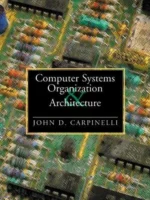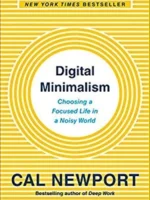Reading the Comments Review
Reading the Comments by Joseph M. Reagle Jr. is a cultural history and ethnography of online commenting: why people post, how platforms shape talk, and what communities do to manage conflict and abuse. It treats comment spaces as social systems with incentives, norms, and invisible labor—more than just “the bottom half of the internet.”
Overview
Reagle traces discussion from Usenet and early blogs to mainstream news sites, forums, and social platforms. He examines pseudonymity and real-name policies, trolling and flaming, civility campaigns, moderation and community guidelines, and the emotional labor of both participants and moderators.
Summary
The book shows how design choices—upvotes, threading, inbox pings, rate limits—steer behavior. It dissects familiar pathologies (brigading, pile-ons, sea-lioning) and the countermeasures communities use: codes of conduct, slow modes, pre-moderation, reputation systems, and community-led governance. Reagle emphasizes context: what reads as hostile in one subculture can be normal banter in another, and “free speech” rhetoric often masks power asymmetries for marginalized speakers.
Authors
Joseph M. Reagle Jr., a scholar of internet culture and collaborative communities, writes with a balanced tone—empathetic to participants and clear-eyed about harm. The analysis blends interviews, archival posts, and secondary research.
Key Themes
Design is destiny (affordances create incentives); civility vs silencing (tone rules can both help and exclude); pseudonymity’s double edge (safety and honesty vs impunity); moderation as care work (often unpaid, under-recognized); community norms as living constitutions.
Strengths and Weaknesses
Strengths: nuanced taxonomy of bad behaviors and practical moderation tactics; attention to power and inclusion; historical throughline from early forums to mainstream platforms. Weaknesses: pre-2016 platform shifts and modern tooling (ML-assisted mod, real-time safety ops) are only foreshadowed; quantitative measurement is light.
Target Audience
Community managers, product and trust & safety teams, journalists, educators, and researchers studying online discourse or building comment features.
Favorite Ideas
“Norms before nukes”: set expectations and onboard newcomers before crises; friction as a feature (cooldowns, rate limits) to curb heat without heavy censorship; moderator well-being as a system requirement; documentable, appealable enforcement improves legitimacy.
Takeaways
Comments work when product, policy, and people align. Build affordances that reward constructive participation, publish clear rules with real escalation paths, support moderators, and measure outcomes beyond raw engagement—look at who is being heard and who is being driven away.









